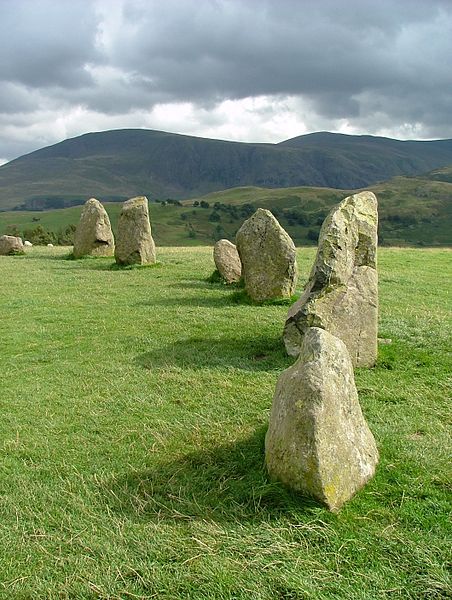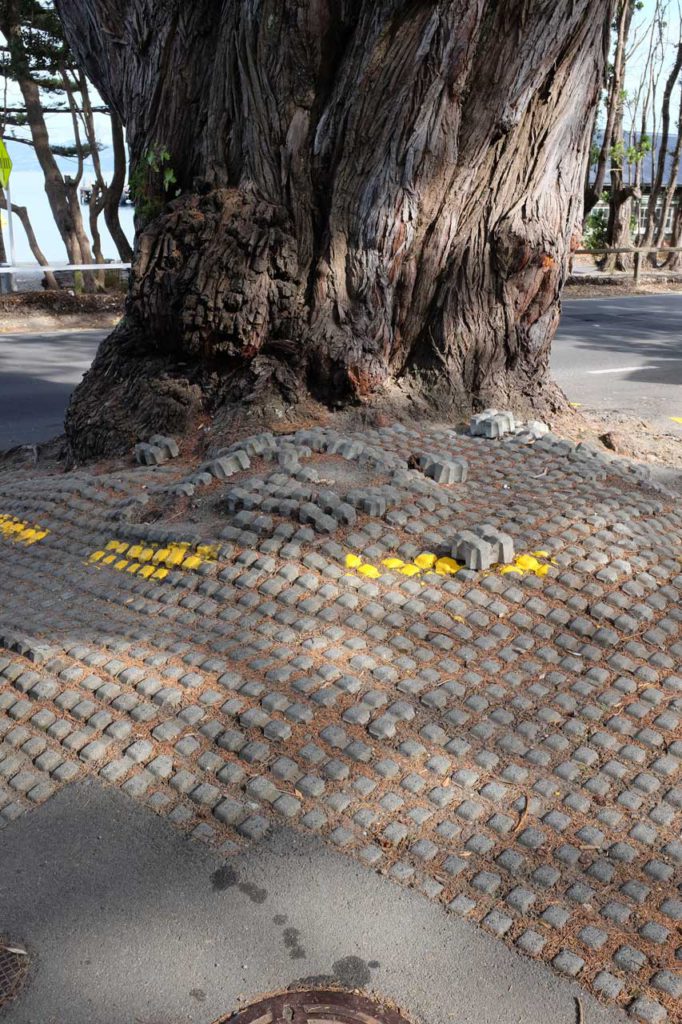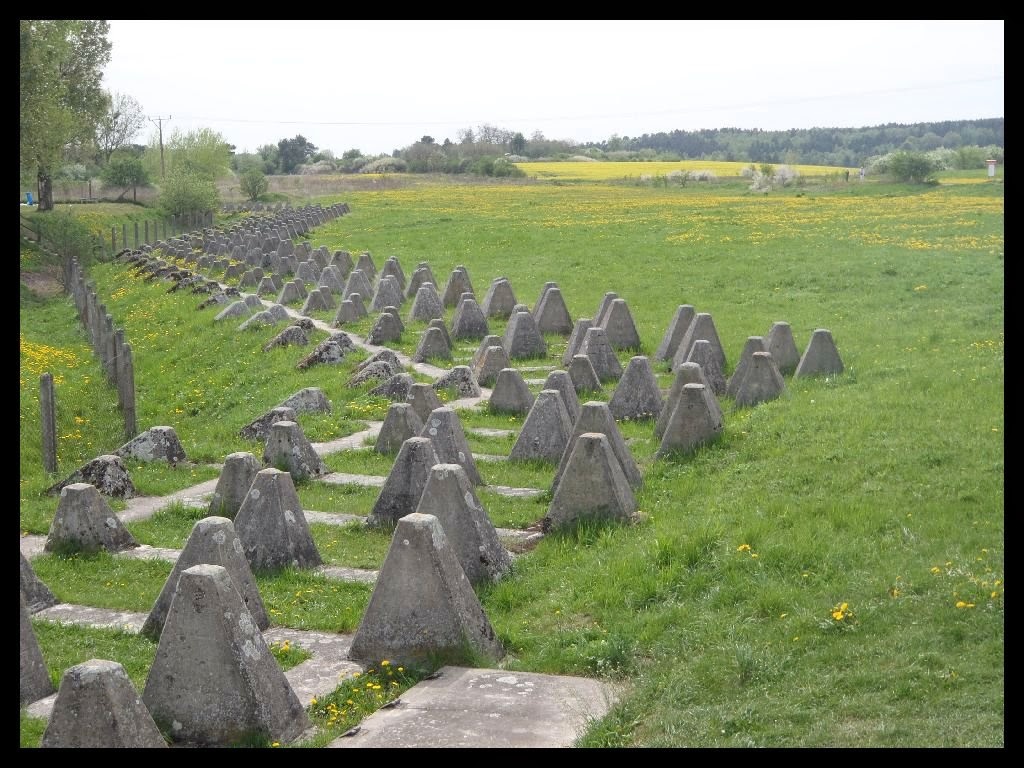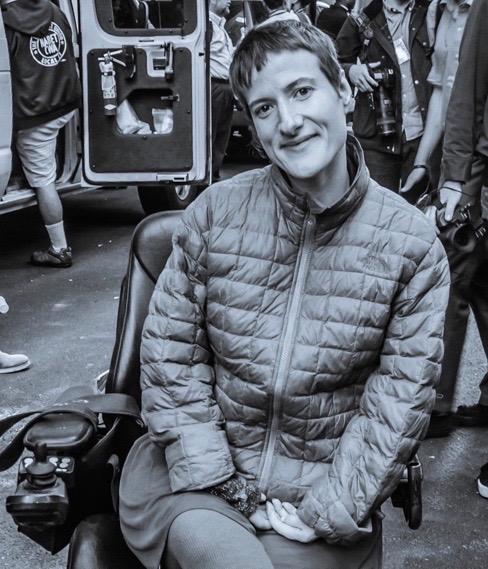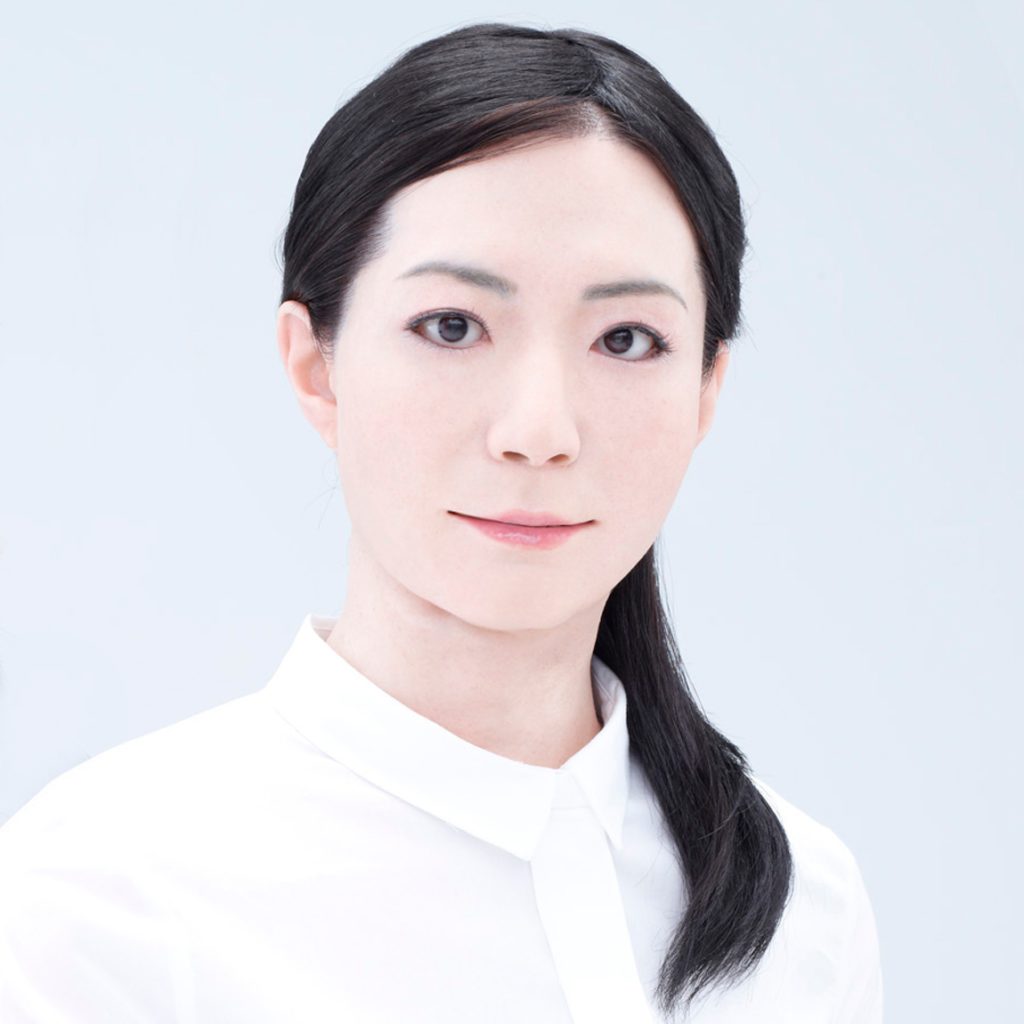Session 3: Who is here?
Tikanga – some definitions
One person on my team talked about how some aspects of Māori cultural tradition, for example the dawn ceremony, have been adopted into wider New Zealand Society, but done so without the full cultural context. We discussed how, even though this is probably seen in a positive and appreciative way, it can also be considered to be cultural appropriation.
Contrast dark/light, potentiality/actuality.
Known/unknown both seen as part of light in Māori culture; both are active/actuality; not dark/potentiality.
Tika: to be correct, true, upright, right, just, fair, accurate, appropriate, lawful, proper, valid. Genuine.
Pono: be true, valid, honest, genuine, sincere.
take/utu/ea - Breach, Balance, Restoration/Return.
Mana: prestige, power, attitude. Understanding of a person with mana of the implications of having mana; cv patronizing.
How was Tikanga Māori affected by colonization
One of my team commented that more words were created for concepts not used by Māori, e.g. “confiscation”. I had not known this.
We discussed the suppression of Te Reo Māori, and the impacts of Western-style education..
Changes to ways of thinking?
Your culture—the traditions, lifestyle, habits, and so on that you pick up from the people you live and interact with—shapes the way you think, and also shapes the way you talk.
Does the language I speak influence the way I think?[1]https://www.linguisticsociety.org/content/does-language-i-speak-influence-way-i-think
Linguistic Society of America
Interesting point from Dick: don’t fetishize colonialism, e.g. jumping to the conclusion that for Māori, “colonialization stole their Mana”; whereas a person of Māori descent might call bullshit to that, and say that their mana is their mana, but isn’t being fully acknowledged or understood.
We talked about the fundamental differences between the concepts of “Land” and “Whenua”. People often think of these words as a one-to-one translation, but that just isn’t the case. Land’s origins are geographical – defining areas of territory – whereas whenua can also mean placenta, which I guess brings connotations of origins and ancestry.
Representation in Art/Design
Didn’t really get to this…
Big Life Fix – group discussion
What ‘rights’ do the people we interact with have?
- Respected (e.g. for their own definition of themselves)
- Set your own boundaries
- Heard
- Honesty
- Space to speak
- Religious viewpoint
- (and other basic human rights)
- Property
To what extents were the rights of Emma and James correctly taken into account?
Were they asked?
What effect did being part of a product have?
Use of language at some points was a bit cringeworthy, “so amazing”, “so brave”.
It’s easy to make an assertion that James’ rights were violated; he may have made a conscious choice to show his pain so that it created a visceral response in the audience.
There’s a cultural dimension in how the person is presented, personalization, privacy, and so on.
How can we know what is right for someone else?
Talking! Communication. You can ask them.
You can reference the community view; don’t forget the individual.
Our Project – where are we up to?
- Weeks 1-7 Explore
- Weeks 8-11 Express
- Week 12 Present/Reflect
References
| ↑1 | https://www.linguisticsociety.org/content/does-language-i-speak-influence-way-i-think |
|---|

